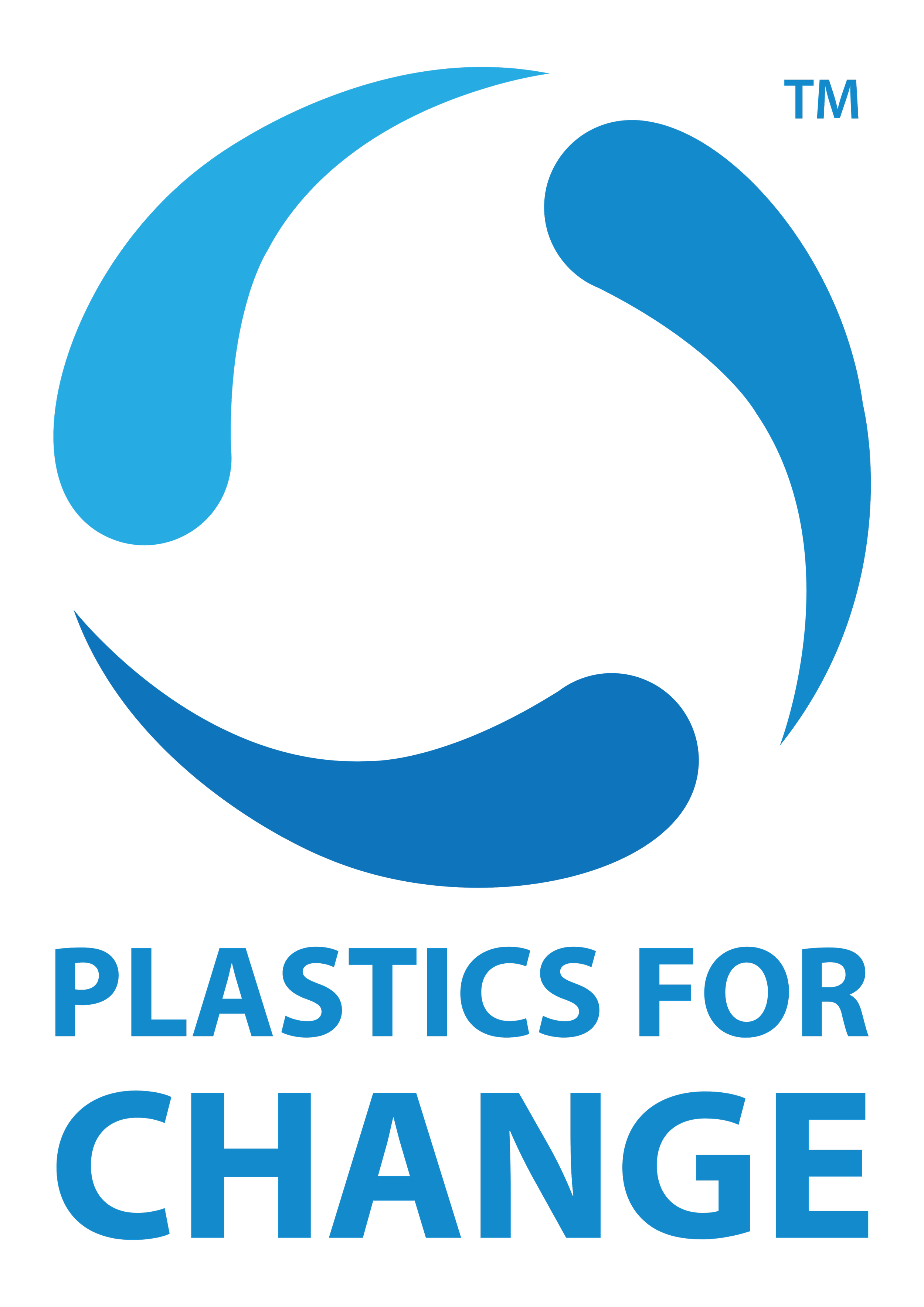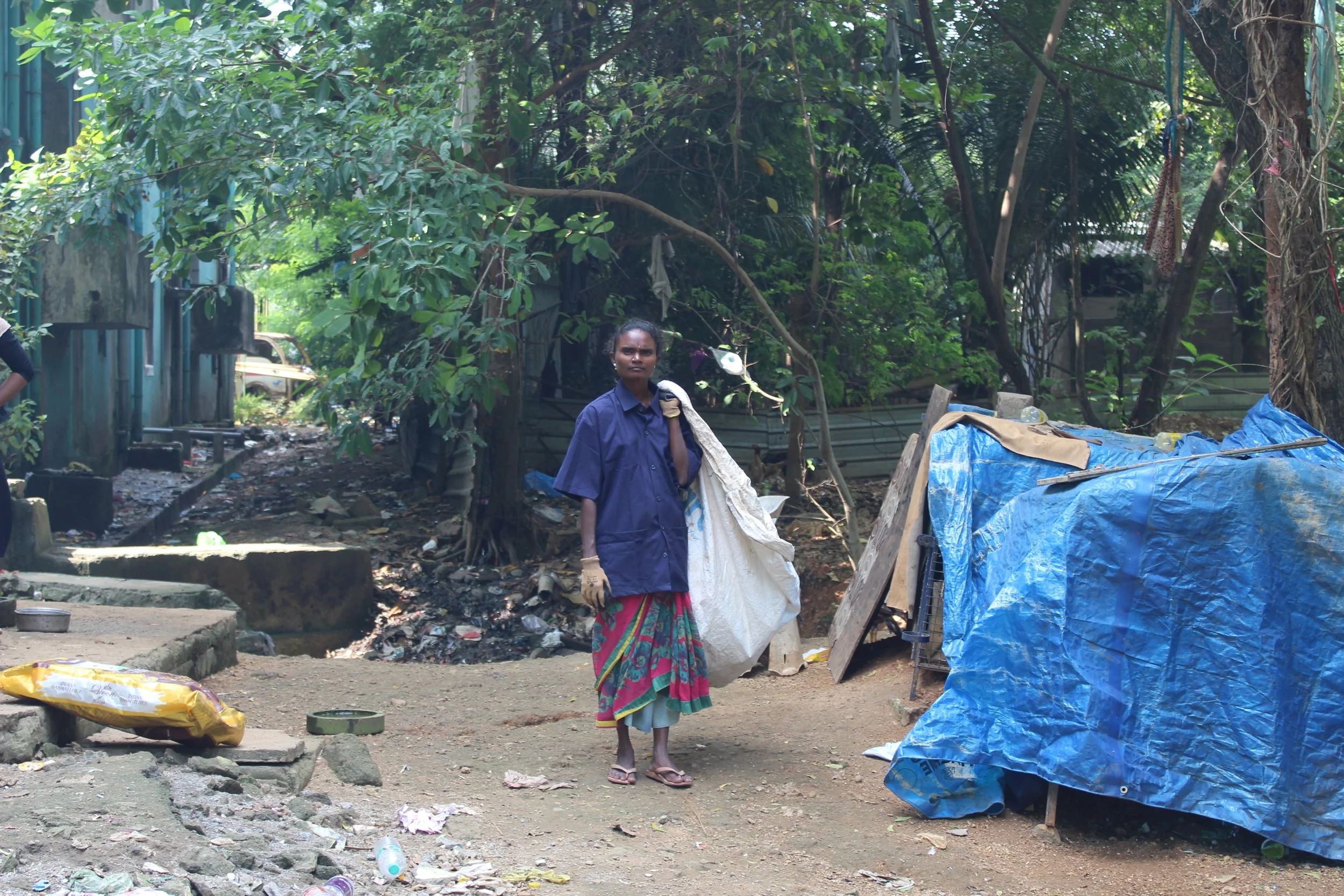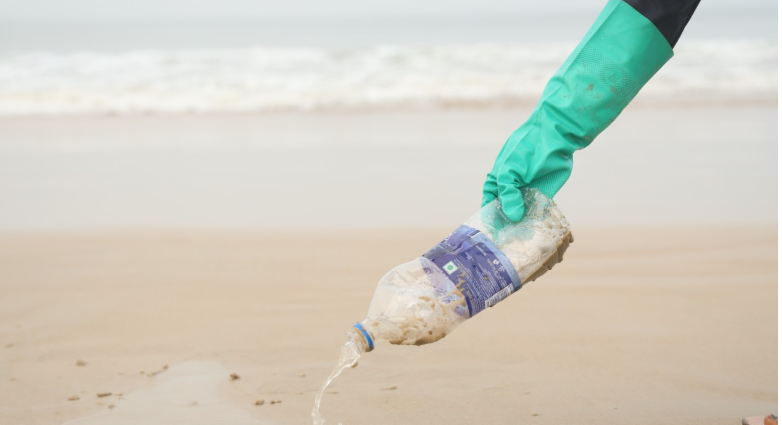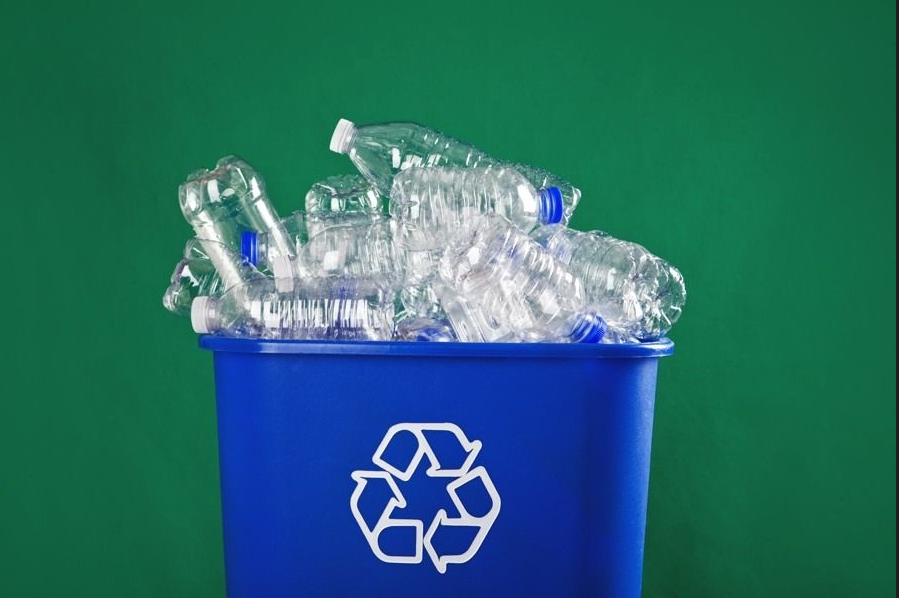Extended Producer Responsibility is a policy approach that extends a producer’s responsibility for a product to the post-consumer stage of its lifecycle. In simpler terms, it means that companies that manufacture, import, or sell plastic products are also responsible for collecting and recycling those products after consumers are done with them.
Read MoreAccording to the Meridian Institute’s Model Framework for Inclusive Waste Picker Integration, informal waste workers are the foundation of waste management systems in many parts of the world—especially in the Global South. The framework emphasizes the need to move from extractive systems (where workers are used but excluded) to models that promote:
Read MoreIndia’s scrap shops are vital to the country’s informal recycling sector, yet many face challenges such as unstable income, unsafe working conditions, and limited market access. Plastics for Change bridges this gap by offering scrap shop owners and entrepreneurs a scalable, ethical business model that integrates fair-trade practices with advanced recycling processes. Our franchise model empowers you to transform your scrap shop into a certified aggregation centre, increasing profitability while driving social and environmental impact.
Read MoreThe production of plastic contributes significantly to greenhouse gas emissions. If plastic production and use grow as currently planned, by 2050, plastic-related emissions could reach 56 gigatons of carbon dioxide - 10-13% of the entire remaining carbon budget. Most plastics are derived from fossil fuels, with the petrochemical industry planning to invest $400 billion in additional plastic production capacity over the next five years, further exacerbating climate change.
Read MoreIn a recent global study by Aura, nearly 40% of consumers said they abandoned a purchase because the packaging wasn’t sustainable. This signals a fundamental change in how people perceive packaging—not as a throwaway utility, but as part of the product’s value and impact.
Read MoreGoing green can’t be a side hustle for fashion anymore. It needs to be at the very core of who they are and what they do. Achieving the goal of reducing environmental impact will require all retailers to think creatively and look for solutions across the value chain, including how products are displayed in stores.
Read MorePackaging and Packaging Waste Regulation (PPWR) is a complete overhaul of the way brands design, source, and manage packaging materials. Replacing the outdated Packaging Directive, PPWR enforces stricter, standardized rules across all EU member states. With just 18 months to comply, the time for action is now.
Read MoreThe informal waste economy in Maharashtra is dominated by individuals from historically marginalised communities, such as Scheduled Castes (16.6% of the state’s population) and Scheduled Tribes (9.4%). This demographic faces deep-rooted social stigma and discrimination, leading to the intergenerational persistence of waste work. Mainstream society seldom recognizes their integral contribution, fostering feelings of alienation and isolation among an estimated 100,000 informal waste workers in the state.
Read MoreIn today’s market, sustainability is no longer a niche—it’s a necessity. Consumers are more informed, regulations are getting stricter, and climate goals are under global scrutiny. In response, leading global brands are rethinking the materials they use and the impact of their supply chains. One shift that’s gaining momentum: the move toward fair trade recycled plastic.
Read MoreA significant portion of India's plastic recycling workforce operates in the informal sector, comprising individuals from underprivileged backgrounds. Many are migrants from rural areas or belong to socioeconomically disadvantaged groups like Dalits, tribes, and religious minorities, driven by economic necessity to take on this hazardous work. Their precarious financial situation often forces them to prioritise immediate income over personal safety.
Read MoreEPR is a policy approach that makes producers responsible for the environmental footprint of their products from creation to disposal. It compels companies to actively manage, collect, and recycle waste from their products, fostering sustainable production and consumption patterns. Key components of EPR include lifecycle accountability, encouraging sustainable product design, and reducing environmental impact through a circular economy approach.
Read MoreThe key to unlocking the benefits of this regulation lies in EN 15343 certification. This standard ensures the traceability and compliance of recycled materials, addressing both legal obligations and stakeholder expectations.
Read MoreThe fifth session of the Intergovernmental Negotiating Committee (INC-5) took place in Busan, South Korea, from November 25 to December 1, 2024. It brought together representatives from over 170 countries to work on a global treaty to tackle plastic pollution. While there was progress, many challenges still need to be addressed. Here’s a simple breakdown of what happened.
Read MoreSlow fashion is an umbrella term encompassing garments made from ethically sourced, organic, or recycled materials. These producers often use natural dyes, reducing pollution, and commit to fair labor practices, ensuring their workers are paid fair wages and operate in safe environments.
Read MoreWith fossil fuels a major source of plastic pollution, renewable energy could be the answer to bringing levels of plastic waste down and preventing carbon emissions. Involving renewable energy in recycling processes significantly lowers the carbon footprint associated with plastic waste management. It also provides economic advantages, creating new jobs and encouraging innovative technologies in the green energy sector.
Read MoreWaste collectors are indispensable in managing urban waste. They ensure that materials are collected, sorted, and recycled, preventing vast amounts of waste from ending up in landfills and polluting our environment. Yet, for decades, their work has gone unnoticed and undervalued. With their inclusion in the NAMASTE scheme, the government is taking a significant step toward recognizing their efforts and improving their livelihoods.
Read MoreImagine a future where we produce 40% less virgin plastic by 2040. This is exactly what the “40x40” target aims to achieve, using 2025 as a baseline. Reducing plastic production on this scale would prevent 371 million tonnes of primary plastic from entering the market each year, totalling a 2.7 billion tonne reduction over 25 years. Such a bold target could fundamentally alter how we think about plastics and climate action, aligning the Global Plastics Treaty with international climate commitments like the Paris Agreement.
Read MoreToday, brands must prioritise sustainable practices. Zero Plastic Oceans (ZPO), a recognized non-profit, provides standards like Ocean Bound Plastic (OBP) and Social+ OBP, which help companies meet high social and environmental benchmarks. By partnering with ZPO-certified organisations, brands can ensure accountability and earn consumer trust.
Read MoreThe brands making the most progress towards their recycling goals are those that integrate sustainability into their core business strategies. Rather than treating it as a standalone initiative, they weave it into the fabric of their operations.
These companies are working closely with organisations that help plug into their existing supply chains, leveraging the principles of the circular economy to secure raw materials in a sustainable way. This approach goes beyond merely setting targets—it involves creating the infrastructure and partnerships essential to achieving those goals.
Read MoreIn recent years, there’s been growing attention on the circular economy—a production model that involves businesses and consumers working together to minimise waste through sharing, lending, reusing, repairing, refurbishing, and recycling materials and products. This model offers a stark contrast to the linear model by promoting resource efficiency and sustainable use. The circular model not only eliminates waste but also regenerates resources, turning what is waste for one process into a valuable input for another.
Read More



















